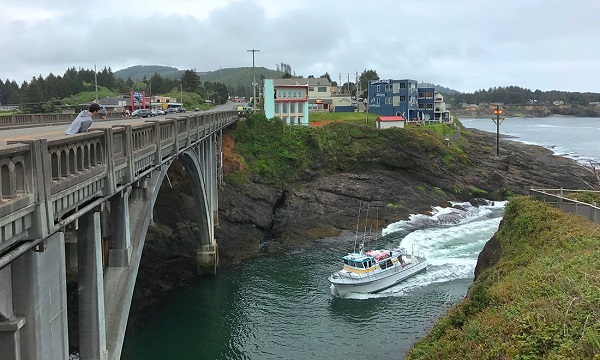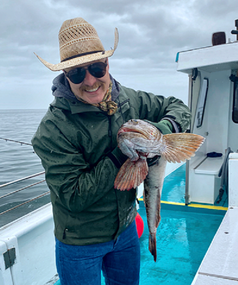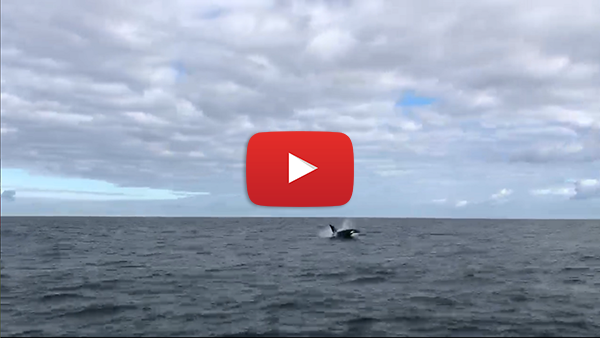Marine Reserves News: A Killer Whale Surprise and Reports from the Field
ODFW sent this bulletin at 07/29/2021 07:30 AM PDT
 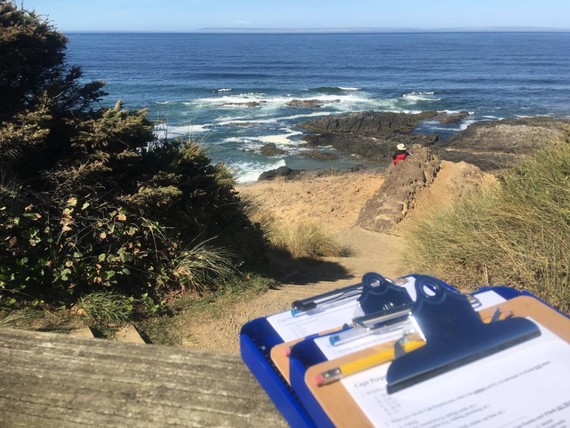
|
Oceanographic Monitoring: Our oceanographic mooring was set out at Cascade Head in mid-June by OSU collaborators aboard the R/V Kalipi. The mooring collects data on temperature, salinity, and oxygen to track changing ocean conditions. While hypoxic conditions have already been detected at Cape Perpetua this year by PISCO-OSU researchers, this mooring will tell us if low oxygen conditions are also happening at Cascade Head. |
Sea Star Surveys: This month we conducted intertidal sea star monitoring at Otter Rock and found similar numbers of sea stars as last year, and very little signs of sea star wasting disease. |
|
Fall Season: Staff are presently submerged in data analysis and writing which will continue through the fall. This is part of the development of the ODFW Marine Reserves Program Synthesis Report, which will report on the program’s activities and monitoring over the last 10 years. The Synthesis Report will be completed in December and released in 2022. Limited fall fieldwork will include retrieval of our oceanographic equipment and juvenile fish (SMURF) moorings. |
Collaborator Updates:
Fish and Crab Movement Study: In June, our OSU collaborators serviced the acoustic moorings currently in the water at Redfish Rocks. These moorings are part of a collaborative research project being led by OSU to study fish and crab response to noise generated from an NSF geological seismic survey, targeting the Cascadia Subduction Zone, that was being conducted off the Oregon coast in June. |
Ocean Acidification Monitoring: This month, pH sensors were set out in rocky intertidal areas at Redfish Rocks, Otter Rock, Cascade Head, and Cape Falcon. This project is led by PISCO scientists from OSU, with assistance from local community members. The sensors will stay out in the intertidal through the summer months. Thanks to volunteers from The Nature Conservancy, Surfrider Foundation, and the Redfish Rocks Community Team for getting the sensors installed. |
Juvenile Fish Surveys: Our collaborators at OSU, with help from the Oregon Coast Aquarium, collected juvenile fish samples from the SMURF moorings deployed at Otter Rock this month. Take a sneak peek in the next segment at some of the results from the data collected so far this year. |
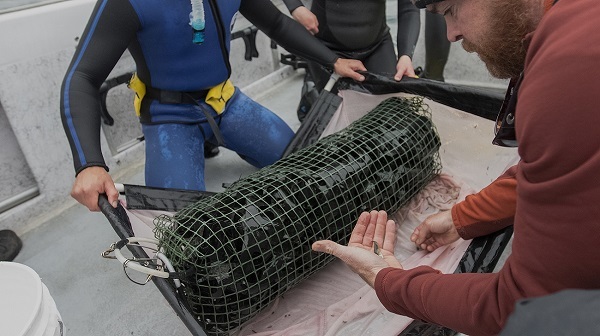
Back With A Splash:
Resuming Juvenile Fish Sampling In 2021
By Guest Contributor and Research Collaborator Megan Wilson
(PhD Student, Oregon State University)
We are currently in the middle of our 2021 sampling season. In just four sampling events, we’ve collected, identified, and measured 788 juvenile fishes from 7 different species/species complexes. These samples were collected from our SMURF moorings placed at Otter Rock and the Cape Foulweather Comparison Area this year. Species we’ve observed so far this year include Cabezon, Clingfish, Kelp Greenling, Lingcod, Snailfish, and the OYTB and QGBC rockfish complexes.
First Time Seeing Juvenile Lingcod
Interestingly, 2021 is the first year that we’ve ever observed Lingcod in our SMURFs. The SMURFs collect fishes in their settlement stage (when larval fish begin to associate with structural or physical habitat), by mimicking kelp-like settlement habitat. Lingcod are thought to prefer sandy bottom settlement habitat rather than kelp, making their occurrence in the SMURFs quite surprising. Additionally, during our sampling event on July 7th, we caught a grand total of 478 fishes at our Otter Rock and Cape Foulweather sites – a record number of fishes for these two sites!
A Sneak Peek Into 2021 SMURF Data
Below is a sneak peek into our 2021 SMURF data. The stacked bar chart shows the species or species complex composition of our catch so far this year at four different sampling events (indicated by date on the x-axis). We can’t wait to see what we’ll catch throughout the rest of the 2021 SMURF season, so stay tuned.

See More Data and Learn Why We Monitor Juvenile Fish Settlement
Read on to learn more from Megan about the SMURF project, why we monitor juvenile fishes, and to see some additional results from her data analysis.

Explore More Marine Reserves News


OREGONMARINERESERVES.COM
Oregon Department of Fish and Wildlife
2040 SE Marine Science Dr. Newport, OR 97365 (541) 867-4741


